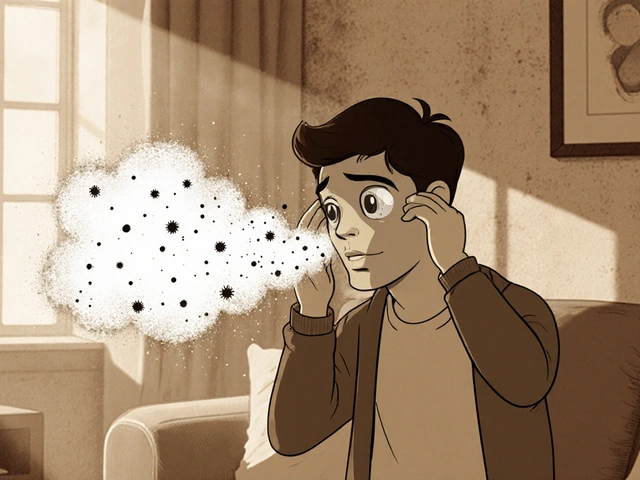Shingles Treatment: What Works Fast and What Helps Long‑Term
Got the classic rash, burning pain and itching that come with shingles? You’re not alone, and you don’t have to suffer in silence. Below you’ll find the most practical ways to knock the virus out, calm the pain, and keep the scar tissue at bay.
Prescription Options for Shingles
First‑line doctors usually reach for antiviral pills. Think acyclovir, valacyclovir, or famciclovir. When you start them within 72 hours of the rash, they can cut the outbreak by a day or two and lower the chance of post‑herpetic neuralgia (the lingering nerve pain). The meds are taken three times a day for about a week, and most people tolerate them well.
If the pain is intense, a doctor may add a short course of steroids. Steroids help reduce inflammation and can speed up healing, but they’re only for specific cases – always follow the prescribed dose.
For nerve pain that sticks around after the rash fades, doctors often recommend gabapentin, pregabalin, or low‑dose tricyclic antidepressants. These aren’t painkillers in the classic sense, but they calm the overactive nerves that cause that stabbing ache.
Don’t forget the shingles vaccine. Shingrix is a two‑shot series given 2–6 months apart and is over 90 % effective at preventing severe shingles and its complications. Even if you’ve had shingles before, the vaccine can lower the risk of a repeat episode.
Home Care and Pain Relief Tips
While prescription meds do the heavy lifting, simple home steps can make a big difference. Keep the rash clean and dry – a gentle wash with mild soap and lukewarm water works. Pat the skin dry, don’t rub.
Cool compresses (a clean, damp washcloth in the fridge for a few minutes) relieve burning and itching. Apply them for 15‑20 minutes a few times a day.
Over‑the‑counter creams like calamine lotion or pramoxine can soothe the skin. For extra itch control, a colloidal oatmeal bath (add a cup of oatmeal to a warm tub) reduces irritation without drying the skin.
Stay hydrated and eat a balanced diet rich in vitamins A, C and zinc – they support skin healing. If you notice the rash spreading quickly or feeling feverish, call your doctor; those could be signs you need stronger treatment.
Stress makes the immune system weaker, so try simple relaxation tricks: deep breathing, short walks, or a short meditation app session. Even a few minutes a day can help your body fight the virus faster.
Finally, protect the affected area from the sun. UV rays can aggravate the rash and increase scarring. Use a broad‑spectrum sunscreen if you must be outside.
Putting these pieces together – early antivirals, targeted pain meds, a vaccine plan, and soothing home care – gives you the best shot at beating shingles quickly and avoiding long‑term nerve pain. If anything feels off, don’t wait: reach out to a healthcare professional and get personalized advice.
Betamethasone for Shingles: Does it Work and Is It Safe?
Thinking about using betamethasone for shingles? Learn if it's safe, how it works, and what experts say about treating shingles and postherpetic neuralgia.





